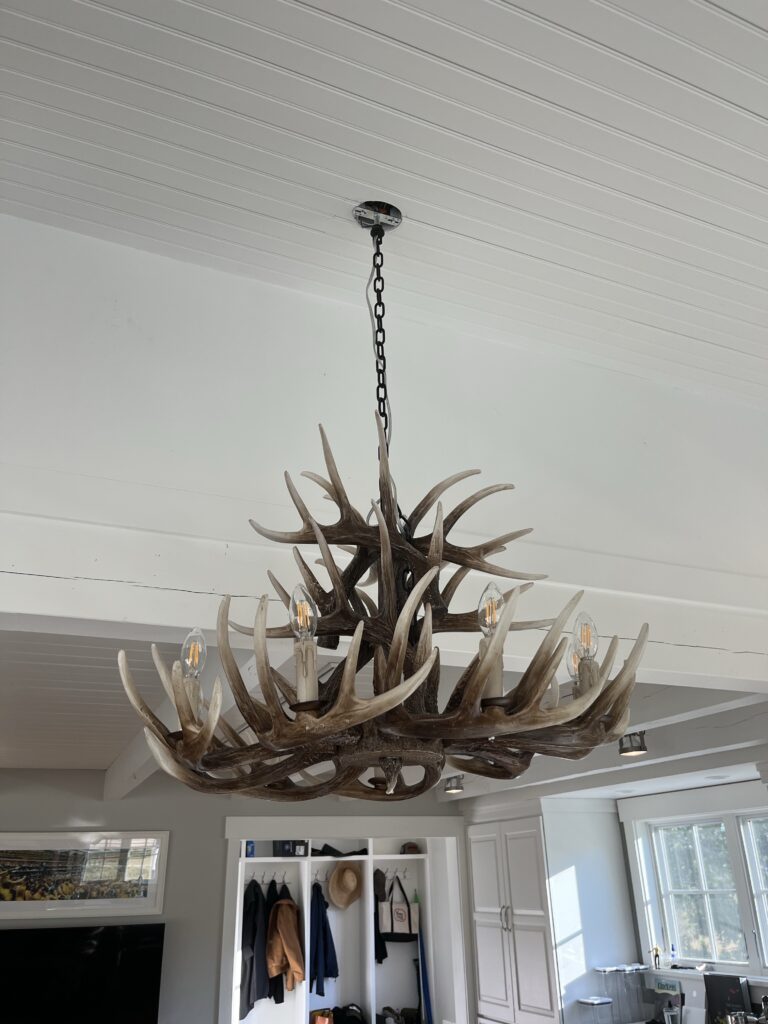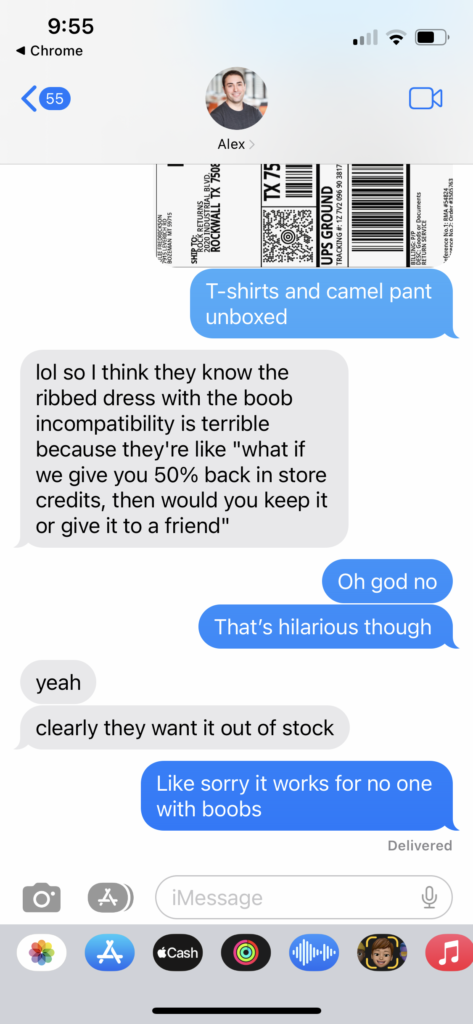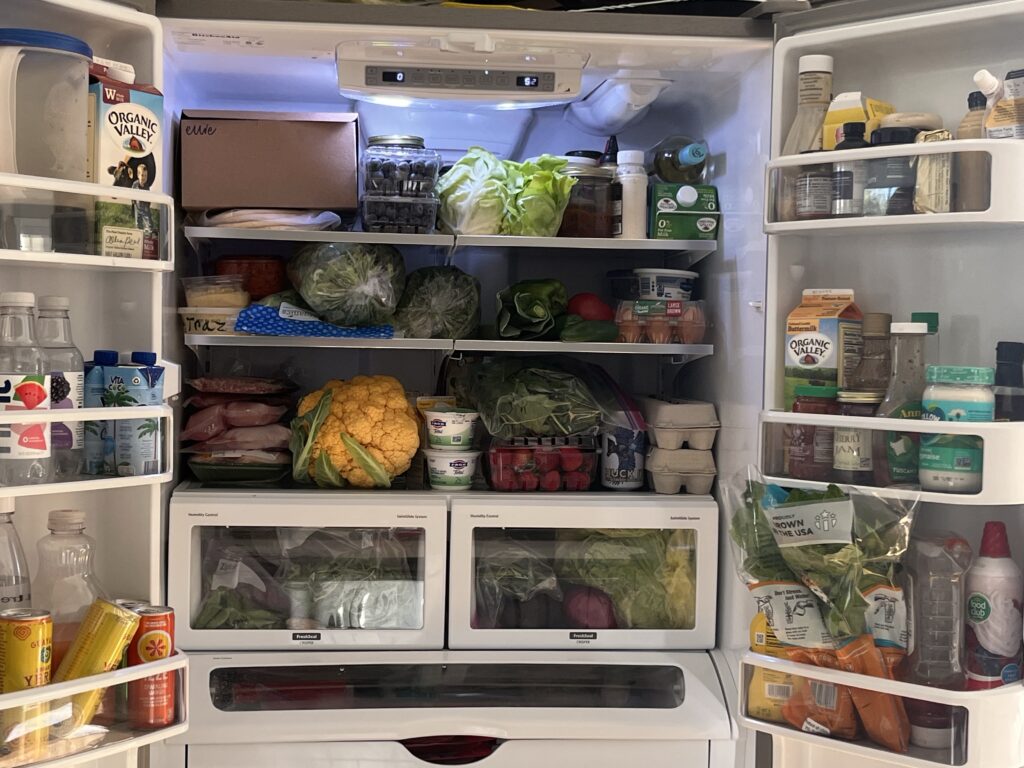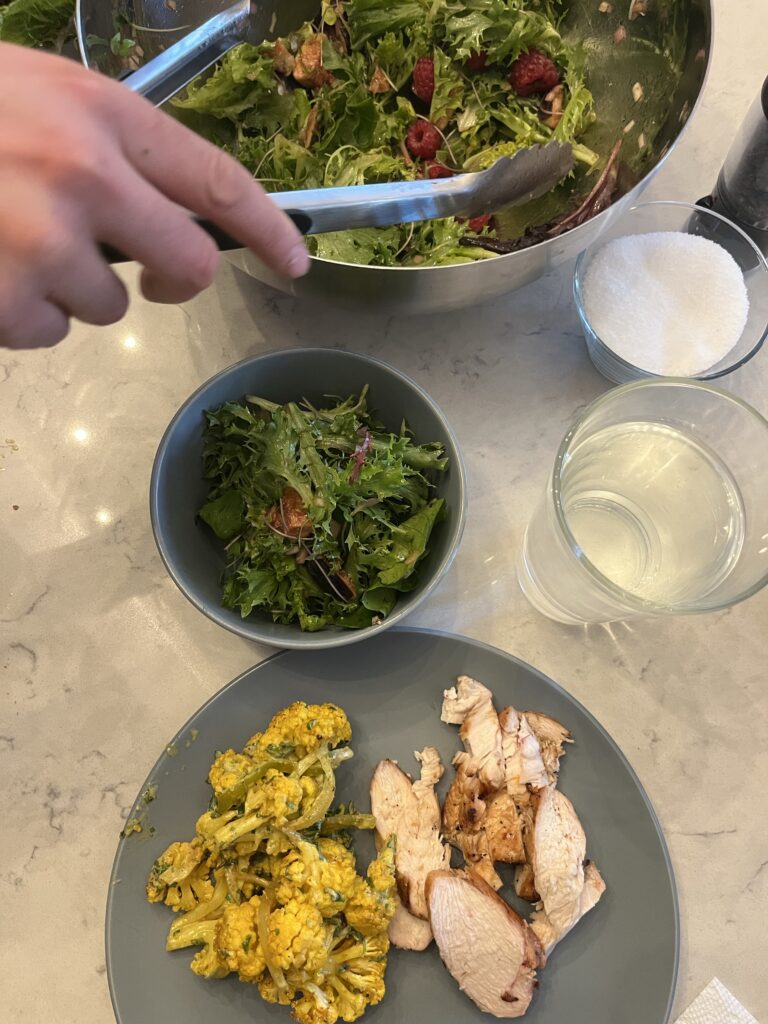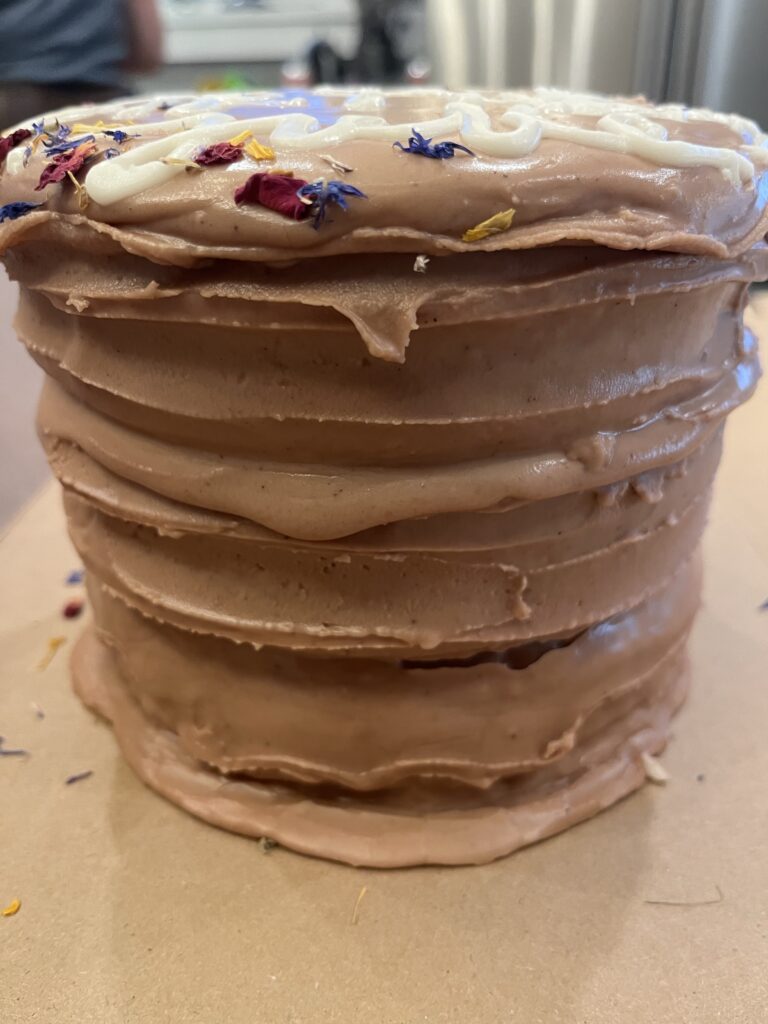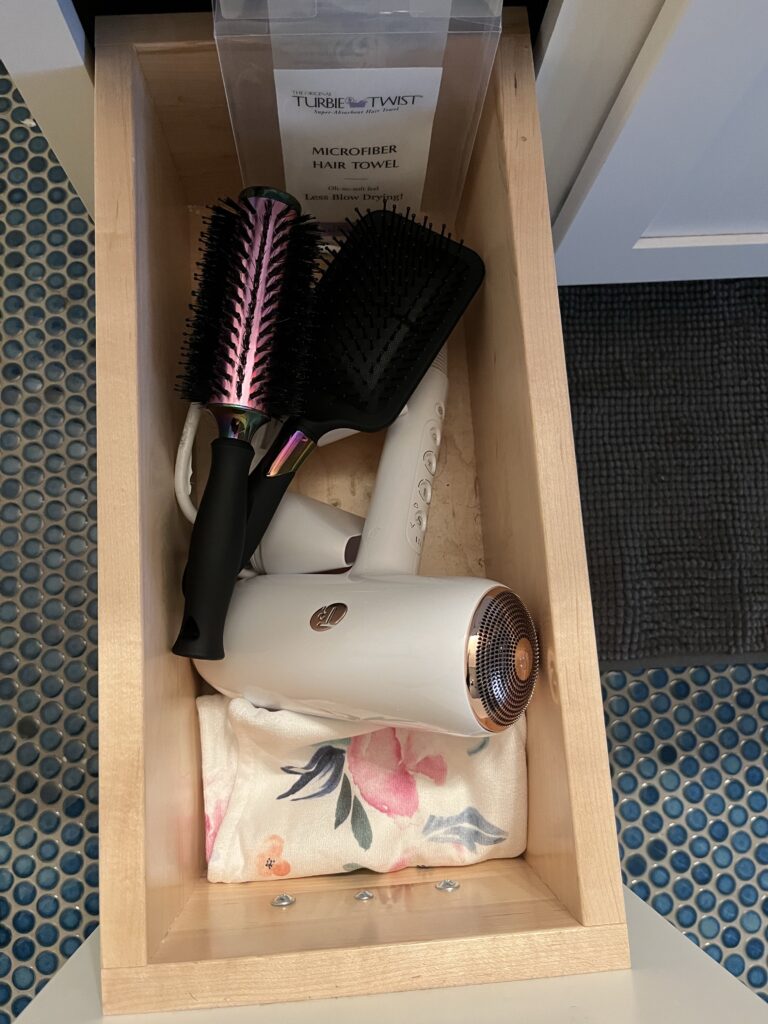Signs, signifiers and semiotics are a pastime and also a professional obligation, so naturally I’m excited to have arrived at day six hundred and sixty six (666) of writing every single day.
While I’d like to think it’s been a positive experience, shadow work tells me a little bit of the devil is as surely responsible as my better angels for this project. So I might as well mark the occasion.
While I enjoy a wide range of woo woo pastimes (white girls love Tarot) I cannot say that end times Biblical fire and brimstone is my jam. But I presume just about everyone in America is vaguely aware of 666 as a signifier for end times Book of Revelations full on evil. 666 is the mark of the beast.
Here is wisdom. Let him that hath understanding count the number of the beast: for it is the number of a man; and his number is Six hundred threescore and six.
Revelations 13:18 King James Version
I’m not much for millenarian prophesies, despite being a card carrying doomer, so I can’t really interpret why the Mark of the Beast means diddly squat. Even though I enjoy a Ronald Emmerich piece of disaster porn, I cannot claim to have done more than skim the Book of Revelations. I once spent an entire quarter reading the Old Testament in Aramaic which is surely enough to put even ardent scholars off their Bible study for a bit.
But I have been revisiting Yeats’ Second Coming lately so perhaps I’ve been exposed to the general energy of revelations. Ben Hunt of Epison Theory has written most eloquently about the Widening Gyre of moment. Anxieties and disagreements have frozen some of us and unleashed the worst passions in others. It feels right for the moment.
Turning and turning in the widening gyre
The falcon cannot hear the falconer;
Things fall apart; the centre cannot hold;
Mere anarchy is loosed upon the world,
The blood-dimmed tide is loosed, and everywhere
The ceremony of innocence is drowned;
The best lack all conviction, while the worst
Are full of passionate intensity.
William Butler Yeats “Second Coming”
It’s hard not to recognize the Widening Gyre in our moment. But perhaps it has been ever so for humanity. We search for signs and signals and find them because we want to. We see evil all around us and perhaps we should be grateful for it as it’s surely saved our ancestors from being eaten.
So it’s hard not to look around when a culturally significant number like 666 crosses your transom. What rough beast, its hour come round at last, Slouches towards Bethlehem to be born? I wonder if Yeats had a particular vision for the end of the world. And I wonder how much it matches mine.
